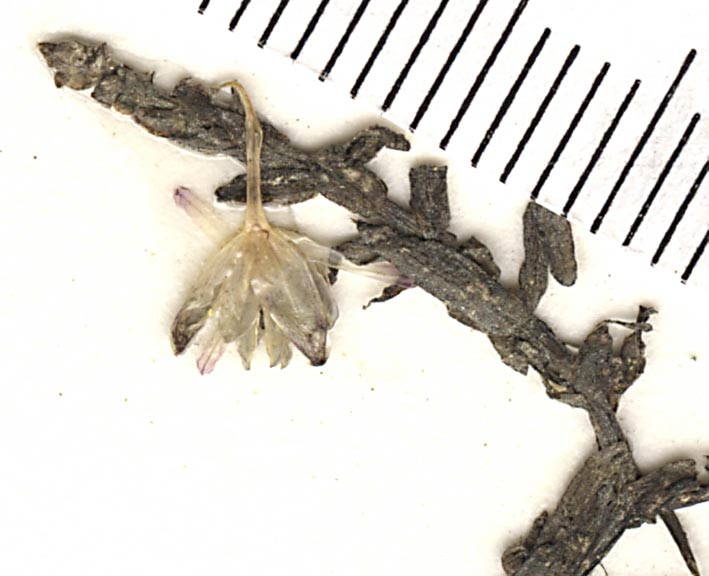
|
Hydrocharitaceae |
|
|
Herbs, annual or perennial, caulescent or without evident stem, glabrous or pubescent, entirely submersed, with both submersed and floating leaves, or with submersed stolons and emergent leaves, in fresh, brackish, or marine waters; turions rarely present. Stems rhizomatous, creeping, with abbreviated erect axis at nodes, or erect, leafy, elongate. Leaves basal, alternate, opposite, or whorled, sessile or petiolate; stipules sometimes present, forming tubular sheath around stem; blade margins entire or serrate; veins 1--many. Inflorescences axillary, terminal, or scapose, 1-flowered or cymose, subtended by spathe; spathe a 2-fid bract or pair of opposite bracts. Flowers unisexual, staminate and pistillate on same plants or on different plants, often with rudiments of opposite type, or bisexual, actinomorphic, rarely slightly zygomorphic; perianth epigynous, free, mostly 6-parted, then differentiated into sepals and petals, rarely 3-parted, then petals absent in Thalassia and Halophila; stamens (0--)2--many in 1 or more whorls (inner often staminodial), epigynous, distinct or ± connate; pollen spheric, in monads or tetrads or in slender chains; ovary 0--1, if present, inferior, 2--6[--16]-carpellate, 1-locular or falsely 6--9-locular; placentation parietal. Fruits berrylike. Seeds many, fusiform, ellipsoid, ovoid, or spheric; seed coat glabrous, papillose, or echinate. Hydrocharitaceae, like other members of the Alismatidae, have one or more (fewer than 20) scales (intravaginal squamules) in the axils of their leaves. These scales (or hairs in some taxa) secrete mucilage and are without any venation. The structures are often referred to as 'squamulae intravaginales' or 'intravaginal scales' in the literature.
|
|
This project was made possible in part by the Institute of Museum and Library Services [MG-70-19-0057-19].
Powered by Symbiota


